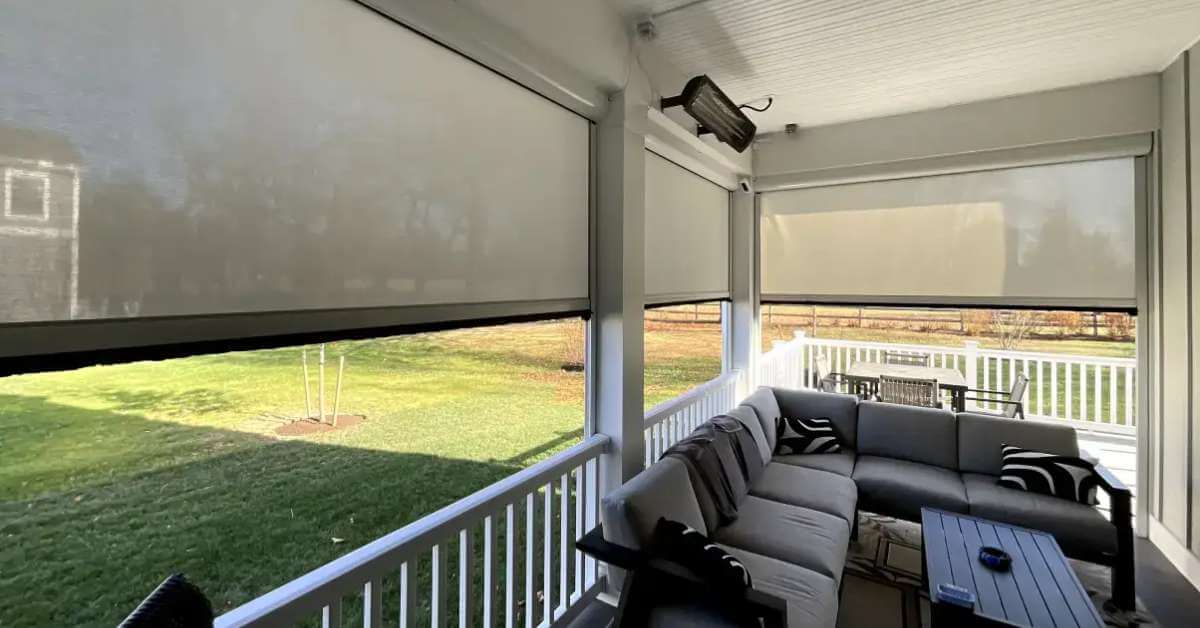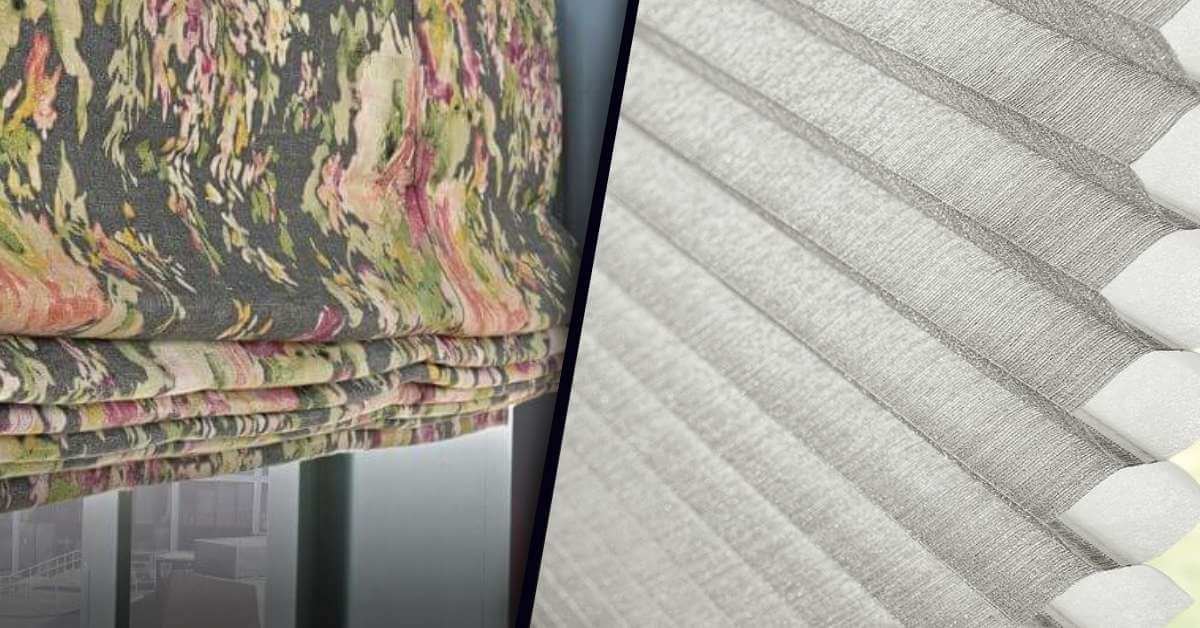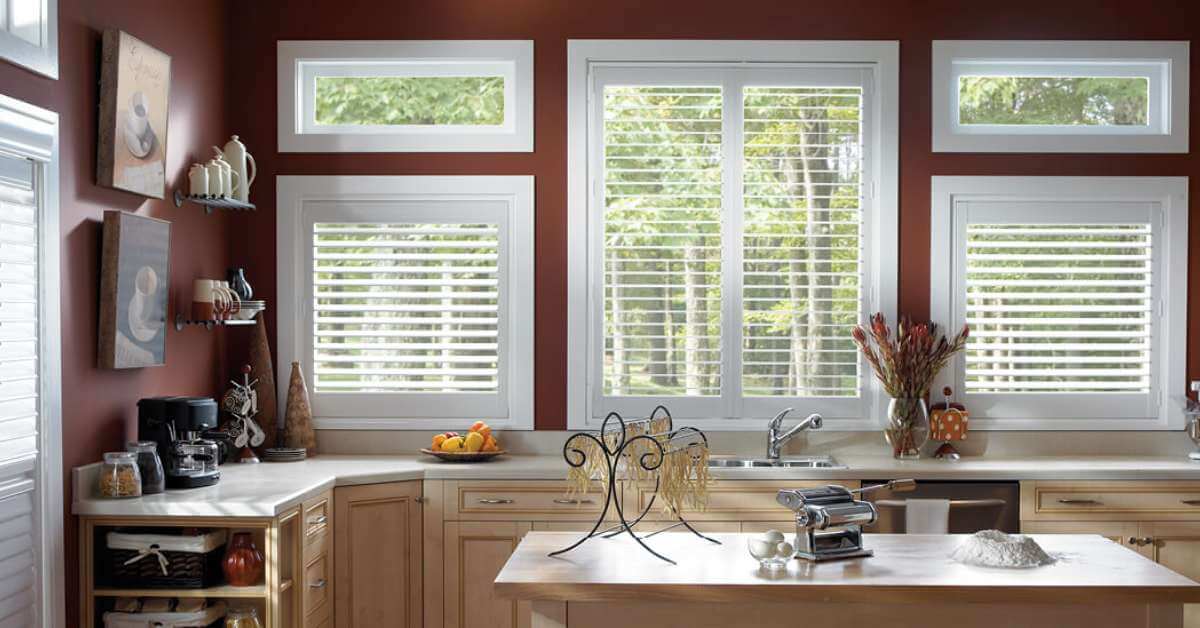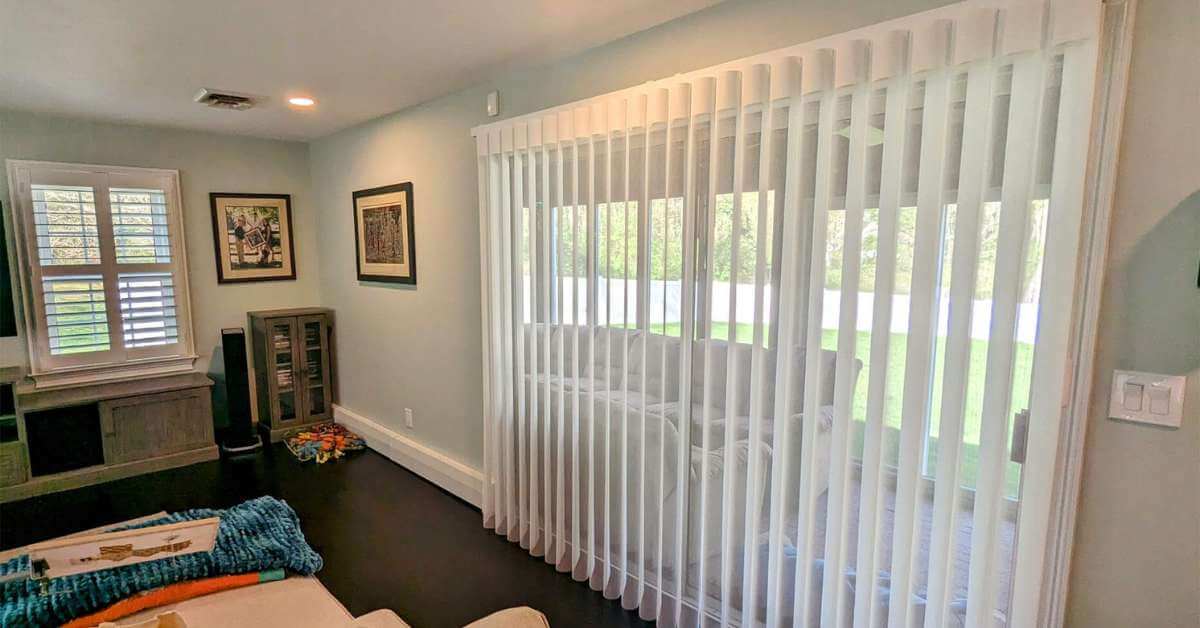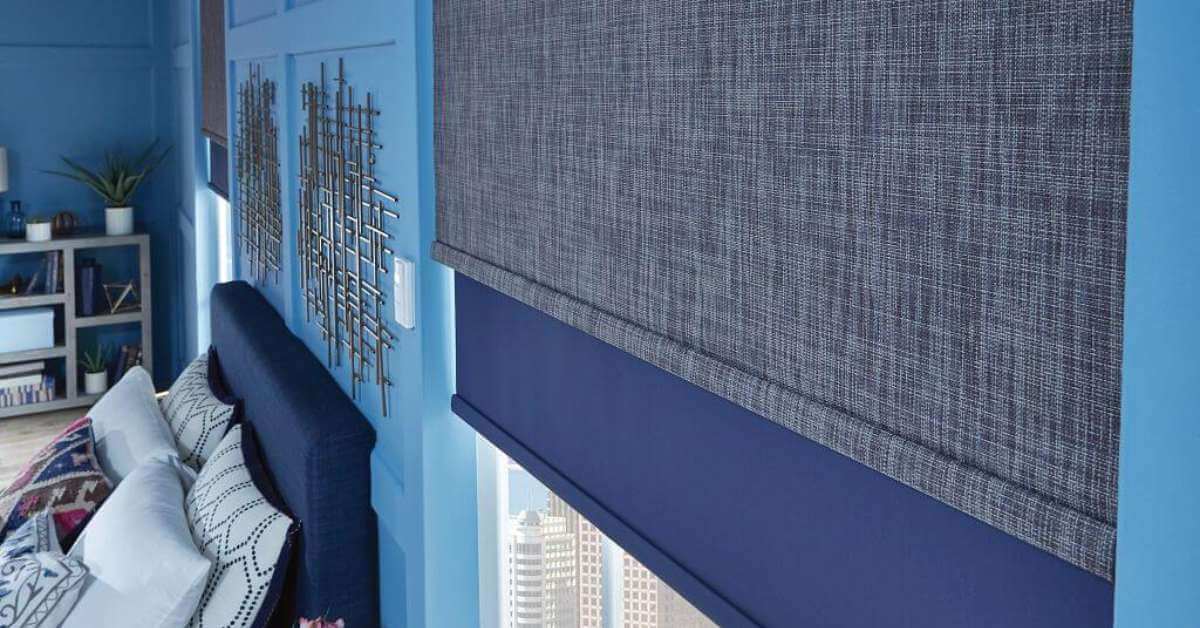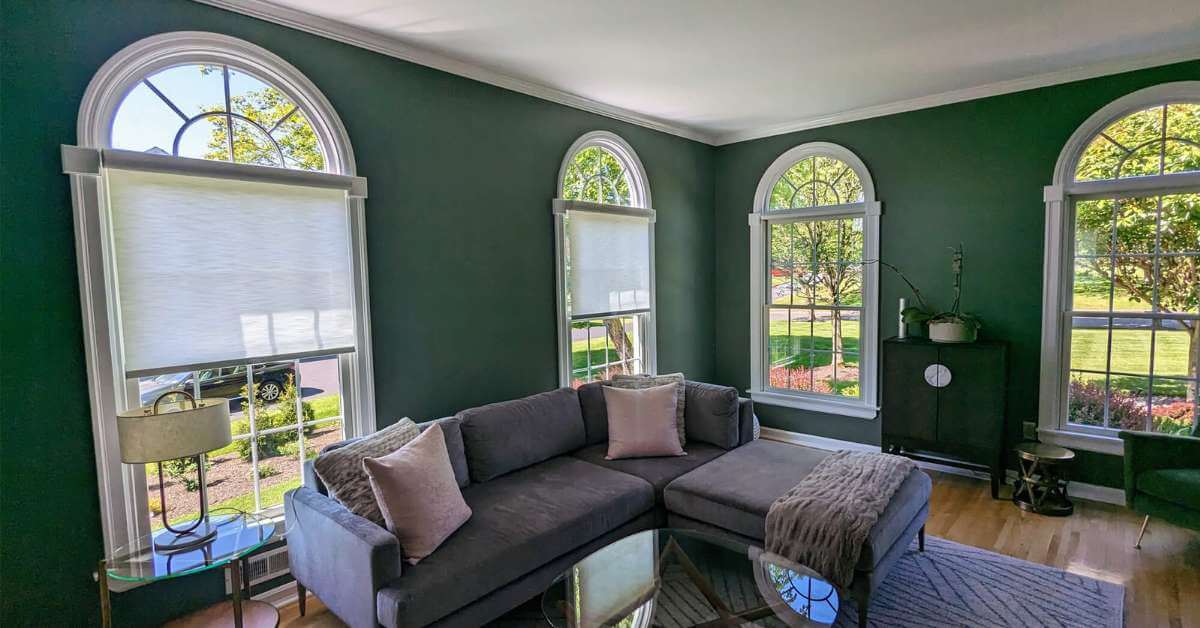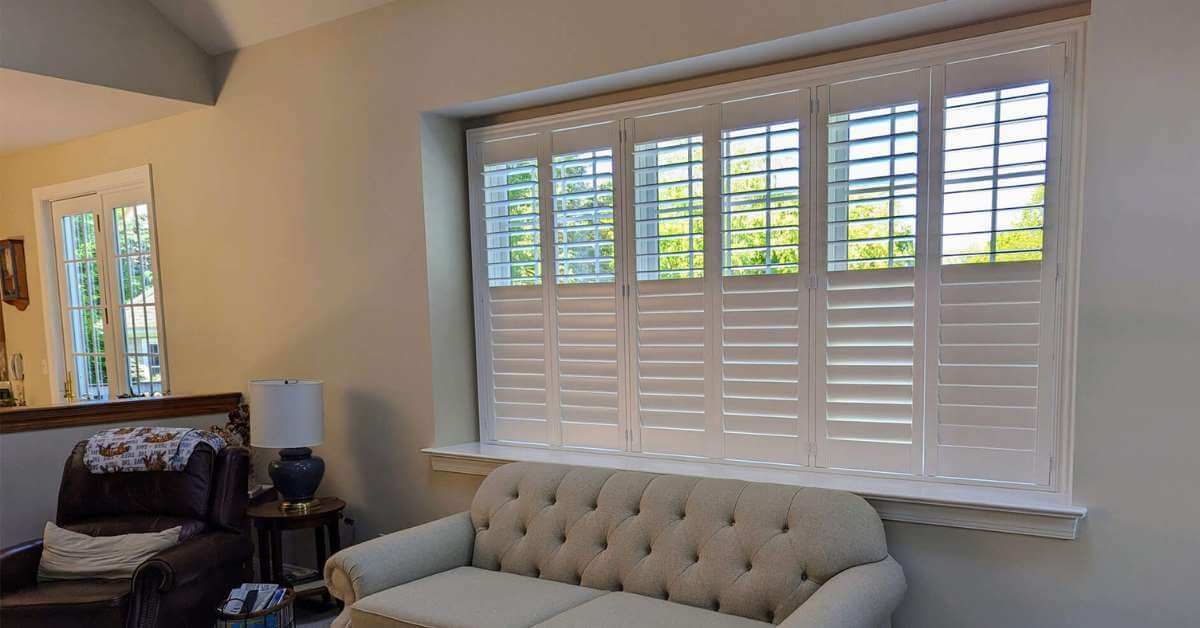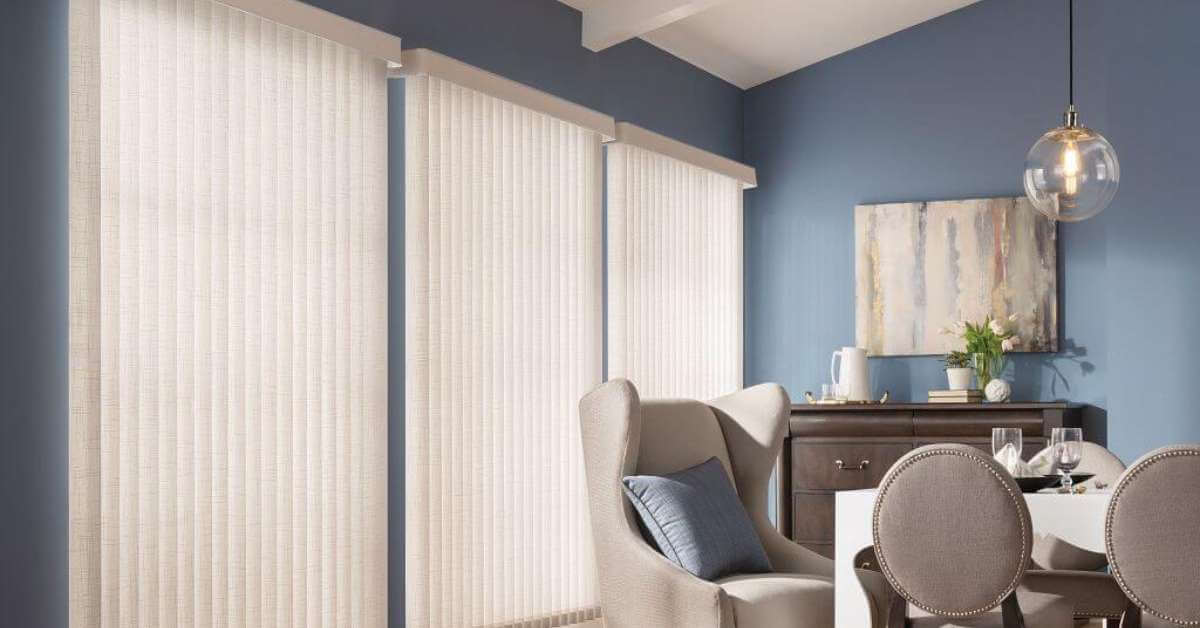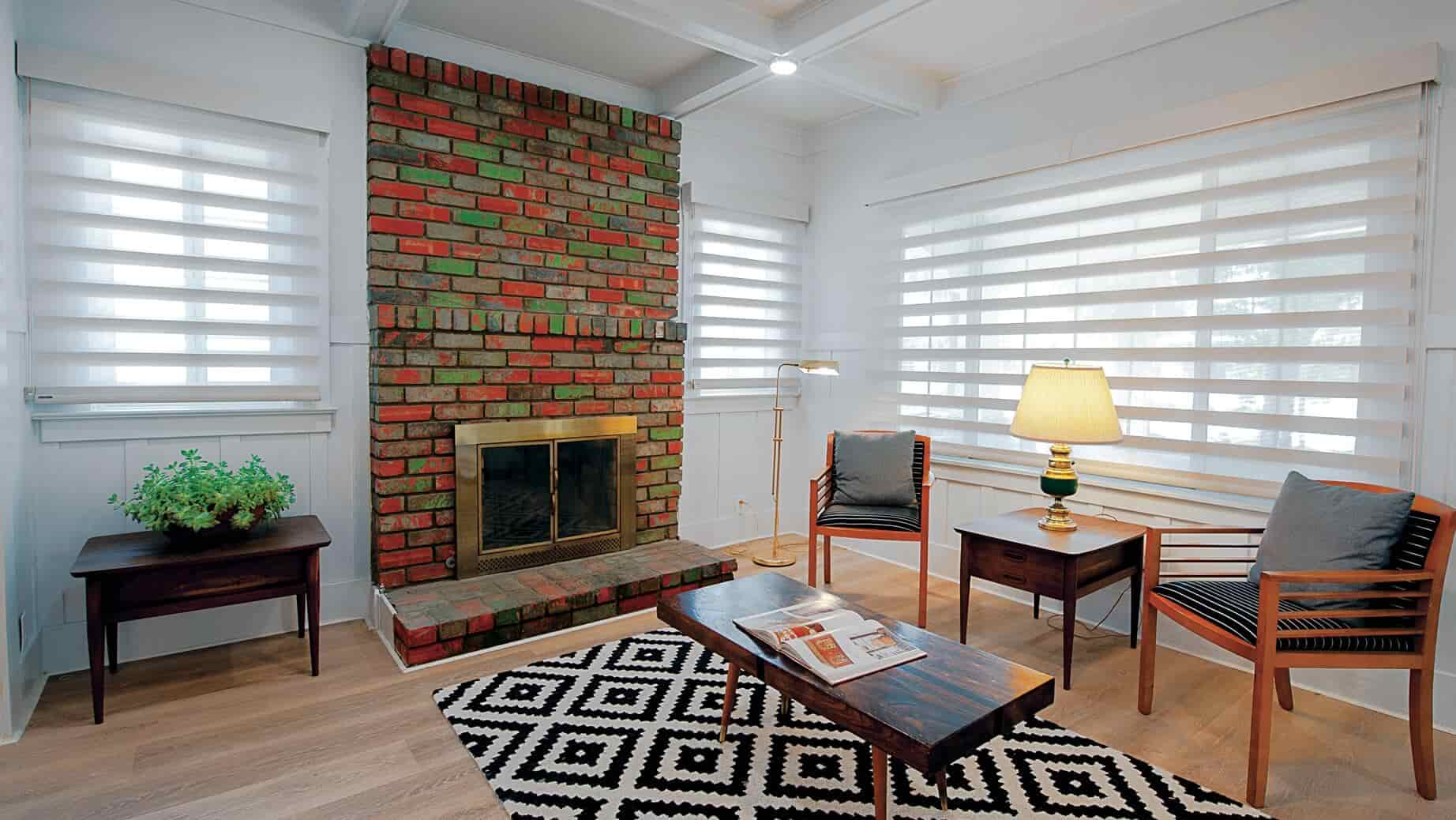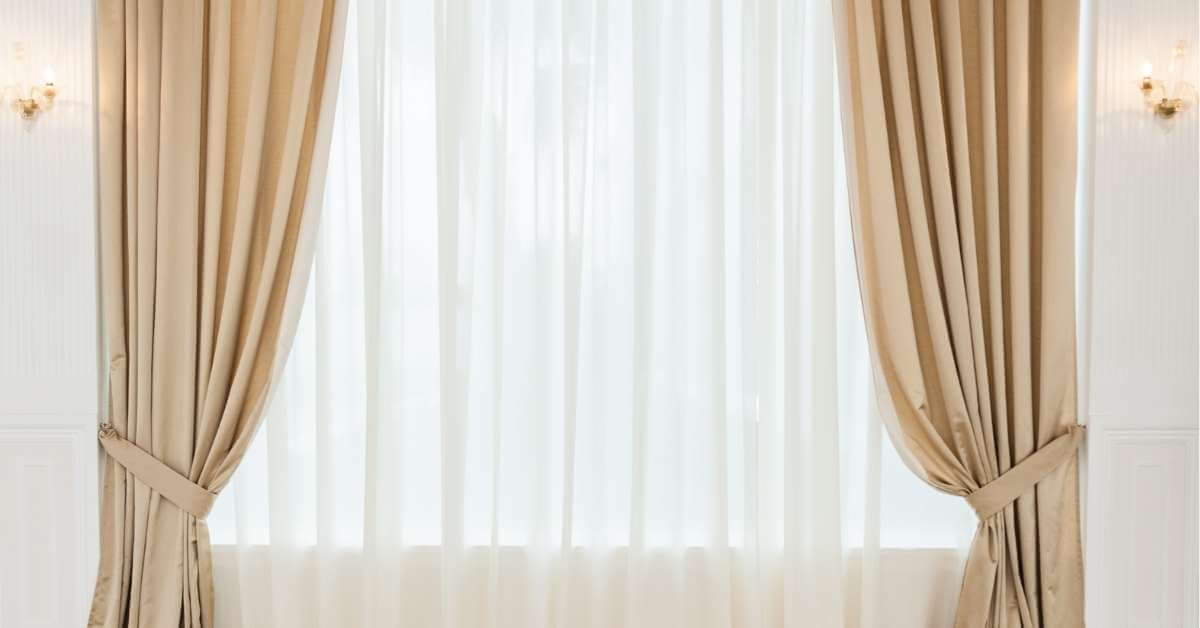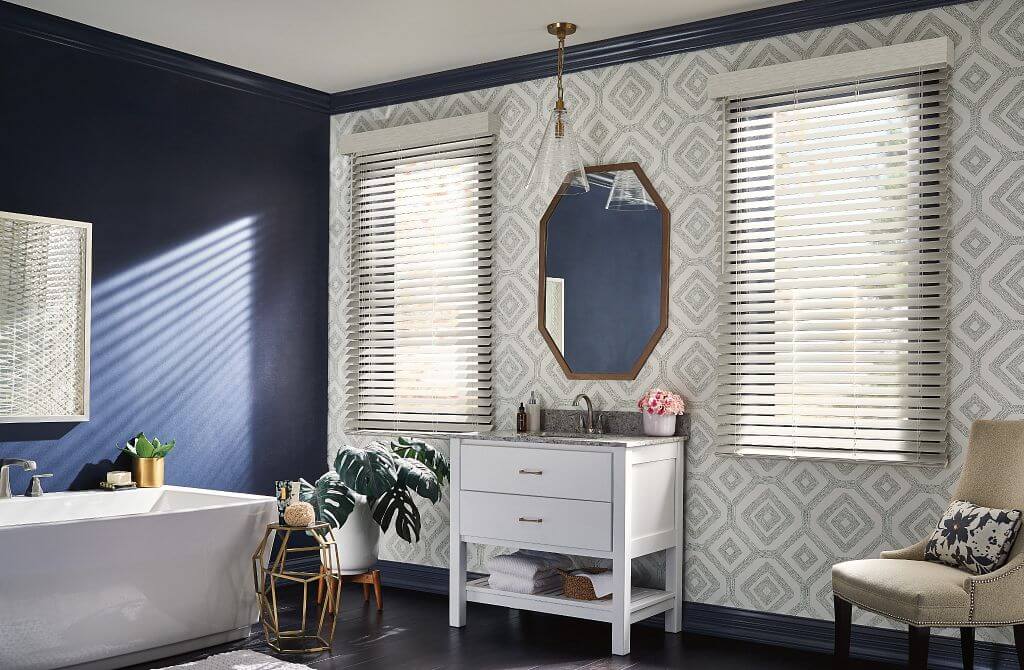When it comes to window treatments, shutters remain a timeless choice that enhances both functionality and aesthetics. Among the most popular options, wood shutters and composite shutters offer unique benefits, making the decision between the two a crucial one for homeowners. Whether you’re prioritizing style, durability, or cost, understanding the differences can help you make the best choice for your home. In this guide, we’ll break down the key features of each option, comparing them across factors like durability, maintenance, moisture resistance, and more.
What Are Wood and Composite Shutters?
Wood Shutters
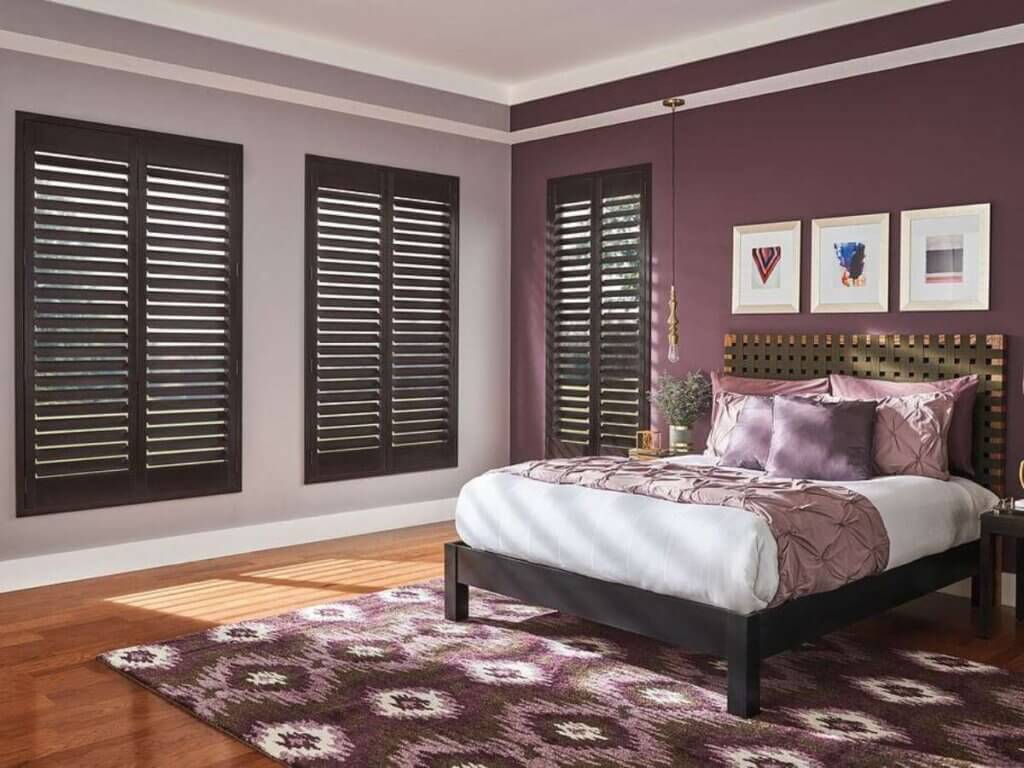
Wood shutters are crafted from natural wood, offering a classic, luxurious appeal. They’re known for their timeless beauty, rich grain patterns, and ability to seamlessly blend into traditional and modern interior design styles. Popular wood types include basswood, maple, and pine, all of which provide a premium feel.
Composite Shutters
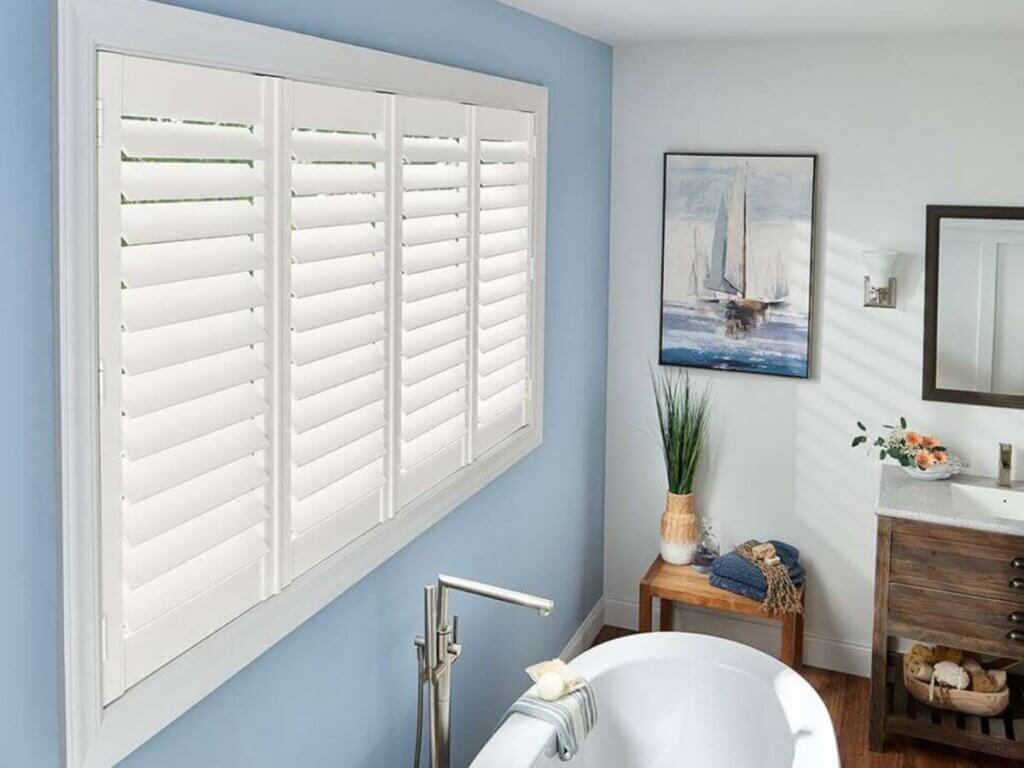
Composite shutters, often called faux wood shutters, are made from engineered materials like medium-density fiberboard (MDF) wrapped in a PVC or vinyl coating. These shutters mimic the look of natural wood but offer added moisture resistance and durability, making them an excellent choice for areas with higher humidity.
Key Considerations for Wood vs. Composite Shutters
Durability and Longevity
- Wood Shutters: Known for their sturdiness, wood shutters can last for decades with proper care. However, they are more prone to warping or cracking when exposed to high moisture levels.
- Composite Shutters: Composite shutters are highly resistant to warping, cracking, and chipping. Their synthetic materials make them ideal for humid spaces like bathrooms, kitchens, and laundry rooms.
Winner: Composite shutters are more durable in moisture-prone environments, but wood shutters can last longer in dry conditions with appropriate maintenance.
Maintenance and Cleaning
- Wood Shutters: Cleaning wood shutters requires more care to avoid damaging the finish. Regular dusting and the occasional use of wood polish help maintain their natural luster.
- Composite Shutters: Composite shutters are low-maintenance and can be cleaned with a damp cloth without worrying about water damage or fading.
Winner: Composite shutters are easier to maintain, making them a convenient choice for busy households.
Style and Aesthetics
- Wood Shutters: Nothing beats the warmth and elegance of natural wood. These shutters are highly customizable, with options for stains, paints, and finishes that bring out the wood’s unique character.
- Composite Shutters: Composite shutters replicate the appearance of wood but may lack the authentic texture and grain. However, they come in a variety of colors and finishes to suit different styles of home decor.
Winner: Wood shutters excel in aesthetics for homeowners seeking a natural, high-end look.
Moisture Resistance
- Wood Shutters: Wood shutters are not ideal for rooms with high humidity, as moisture can cause them to warp or crack over time.
- Composite Shutters: Thanks to their synthetic composition, composite shutters are naturally resistant to moisture, making them perfect for bathrooms and kitchens.
Winner: Composite shutters are better suited for areas exposed to moisture.
Energy Efficiency and Insulation
- Wood Shutters: Wood is a natural insulator, providing excellent energy efficiency by keeping your home cool in the summer and warm in the winter.
- Composite Shutters: Composite shutters also offer good insulation but may not be as effective as wood when it comes to energy efficiency.
Winner: Wood shutters provide slightly better insulation, but composite shutters still perform well.
Cost
- Wood Shutters: Typically more expensive due to the use of natural materials and craftsmanship.
- Composite Shutters: More budget-friendly while still offering an appealing appearance and excellent performance.
Winner: Composite shutters are a more cost-effective option without compromising on quality.
Customization
- Wood Shutters: Highly customizable, with various stain and paint options that can match your specific interior design needs.
- Composite Shutters: While customizable, they are somewhat limited compared to wood shutters in terms of finishes and unique designs.
Winner: Wood shutters offer superior customization options.
Pros and Cons of Wood and Composite Shutters
Feature | Wood Shutters | Composite Shutters |
Durability | Long-lasting but prone to warping | Highly durable and warp-resistant |
Maintenance | Requires careful cleaning | Easy to clean with minimal effort |
Moisture Resistance | Poor | Excellent |
Aesthetics | Luxurious, natural grain | Wood-like but synthetic |
Cost | Higher | More affordable |
Customization | Highly customizable | Limited customization |
Energy Efficiency | Excellent | Good |
Key Takeaways
- Wood shutters are best for homeowners seeking luxury, customization, and superior insulation.
- Composite shutters excel in moisture-prone areas, require less maintenance, and are more budget-friendly.
- Consider factors like durability, style, and cost when choosing the right shutters for your home.
Frequently Asked Questions about Wood vs. Composite Shutters
1. Are composite shutters as durable as wood shutters?
Yes, composite shutters are highly durable and better suited for humid environments. However, wood shutters can last longer in dry conditions with proper care.
2. Which is more energy-efficient, wood or composite shutters?
Wood shutters are slightly more energy-efficient due to their natural insulating properties, but composite shutters still provide good insulation.
3. Can I customize the color and design of composite shutters?
Yes, composite shutters come in various colors and finishes, but they may have fewer customization options compared to wood shutters.
Final Verdict: Choosing the Perfect Shutters for Your Home
Choosing between wood shutters and composite shutters ultimately comes down to your preferences, lifestyle, and home’s needs. If you value timeless elegance and don’t mind a little extra maintenance, wood shutters are a classic choice. On the other hand, if you prioritize durability, low maintenance, and moisture resistance, composite shutters might be the better option.
Ready to transform your home with the perfect shutters? Contact Bloomin’ Blinds of Bucks, Montgomery & Greater Princeton today for expert advice, high-quality products, and professional installation. Let us help you find the ideal window treatments to suit your style and needs!
